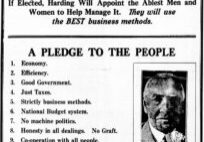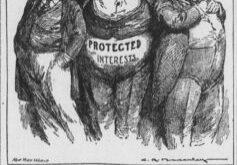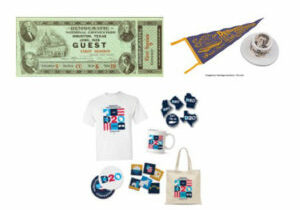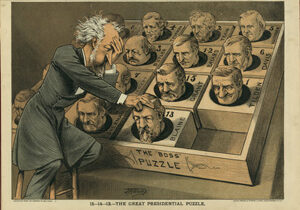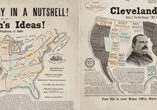Lesson Plans
A Lady Has the Floor: Belva Lockwood Speaks Out for Women’s Rights
Pair the picture book, A Lady Has the Floor: Belva Lockwood Speaks Out for Women’s Rights, with primary sources to have students investigate historical and contemporary depictions of women in the media, especially those running for national office.
Electoral College: Are All Votes Equal?
Students examine the process of voting and the Electoral College. Applying mathematical percentages, students experience how population and voting impact elections in this country and consider if everyone’s vote matters. Then students consider the use of the Electoral College and how it aligns with the popular vote.


